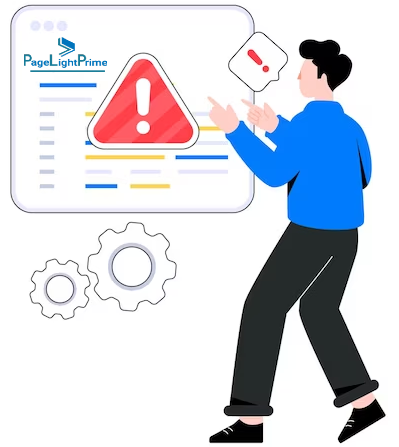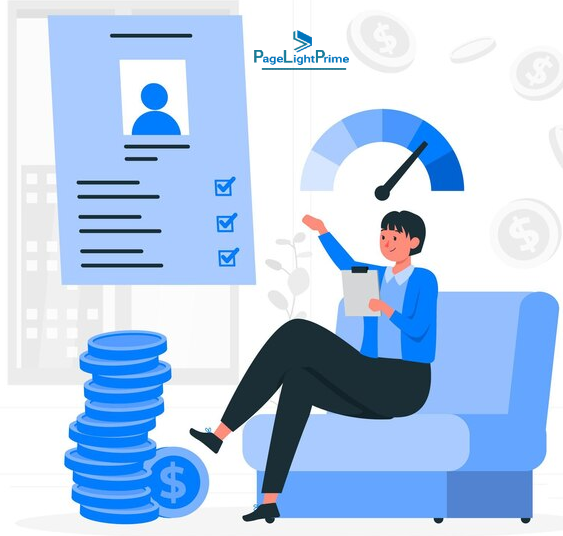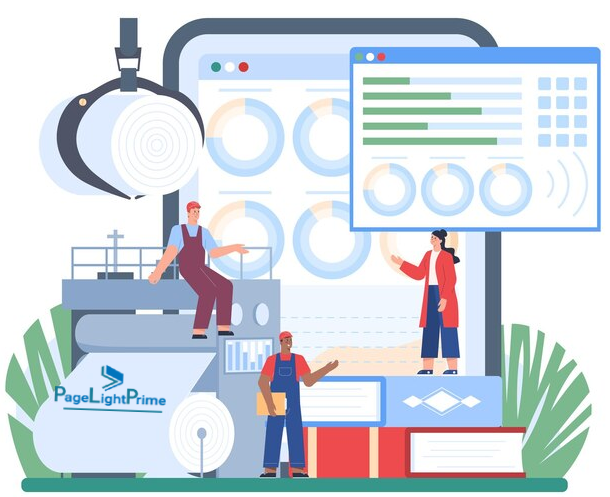Automating the Legal Drafting Process
The legal profession, historically synonymous with laborious paperwork and countless hours spent drafting contracts and legal documents, is undergoing a transformative shift thanks to the advent of automation and artificial intelligence. Automating the legal drafting process is a game-changer for law firms, legal departments, and solo practitioners alike. It not only significantly reduces the time spent on document creation but also minimizes the margin of error. In this blog post, we will explore the impact of automating the legal drafting process, its benefits, challenges, and the tools available to streamline legal document creation.
Written by Knowledge Team, posted on October 24, 2023

The Traditional Legal Drafting Process
Before delving into the automation aspect, let’s understand the traditional legal drafting process. Historically, legal professionals spent countless hours researching, writing, and editing documents manually. This laborious process was fraught with the potential for errors, inconsistencies, and inefficiencies.
Key Steps in Traditional Legal Drafting

Extensive Research
Lawyers began by conducting in-depth research into relevant case law, statutes, and regulations to ensure the document’s content was legally sound and accurate.
Manual Drafting
Following comprehensive research, lawyers manually drafted legal documents, contracts, and agreements using word processing software, a time-consuming and often repetitive process.
Review and Editing
Once drafted, documents were reviewed for errors, inconsistencies, and compliance with the law, demanding meticulous attention to detail.
Revisions and Amendments
Legal documents often underwent multiple revisions and amendments based on client feedback or changing legal requirements.
Finalization
After numerous rounds of editing and revisions, the document was finally finalized.
Execution and Storage
The document was executed, and copies were securely stored, often in physical files.

The Challenges of Manual Legal Drafting
The traditional legal drafting process came with several notable challenges:

Time-Consuming
Manual drafting of legal documents was a time-consuming process, often leading to delayed services and increased costs for clients.
Risk of Errors
Human errors, such as typographical mistakes, inconsistencies, or omissions, were common in manually drafted documents.
Inefficiencies
Repeatedly drafting similar documents wasted valuable time and resources.
High Costs
Clients often had to bear the costs associated with the time and effort spent on drafting documents.
The Automation Revolution
In response to these challenges, the legal industry is embracing law firm document automation to streamline the legal drafting process. Automation leverages technology, specifically artificial intelligence (AI) and machine learning, to optimize document creation.
Benefits of Automating Legal Drafting
AI Document Automation brings about a host of benefits for legal professionals:
Efficiency
Automation dramatically reduces the time required for drafting legal documents. With predefined templates and clauses, lawyers can generate documents swiftly.
Accuracy
Automated systems are less prone to human errors, ensuring the legal documents are consistent and free of typographical mistakes.
Cost Savings
By reducing the time spent on document creation, law firms can lower costs for clients and increase their efficiency.


Standardization
Automated systems use standardized templates and clauses, ensuring consistency in documents across different clients and cases.
Easy Updates
Automation allows for easy updates to documents as laws and regulations change, always ensuring compliance.
Challenges in Automating Legal Drafting
While automation offers substantial advantages, it is not without its challenges:
Initial Setup
Implementing an automated system requires an initial investment in software, training, and integration.
Customization
Not all legal documents are one-size-fits-all. Some may require customization, which can be challenging with fully automated systems.
Adoption Resistance
Legal professionals might be resistant to adopting new technologies due to concerns about job security or a lack of familiarity with AI tools.
Data Security
Storing sensitive legal information in automated systems requires robust security measures to protect client data.

Tools for Automating Legal Drafting
Several tools and software platforms have emerged to assist legal professionals in automating the drafting process:

Contract Management Software
CLM platforms offer customizable templates and clause libraries to create various legal documents efficiently.
AI-Powered Document Assembly Tools
These tools use machine learning to assemble documents by extracting data from different sources.
Legal Research Software
Advanced research tools leverage AI to provide legal professionals with quick and accurate research results, saving time on the initial research phase.
Document Review and Proofreading AI
AI-powered systems help review documents for errors, inconsistencies, and compliance issues.
Conclusion
Automating the legal drafting process is transforming the legal profession by making it more efficient, accurate, and cost-effective. While the initial setup may present challenges, the long-term benefits of automation far outweigh them. By adopting AI and other technologies, legal professionals can focus on higher-value tasks, provide better service to clients, and keep up with the ever-changing legal landscape. The legal industry is at the cusp of a technological revolution, and those who embrace automation will thrive in this new era of law practice.
